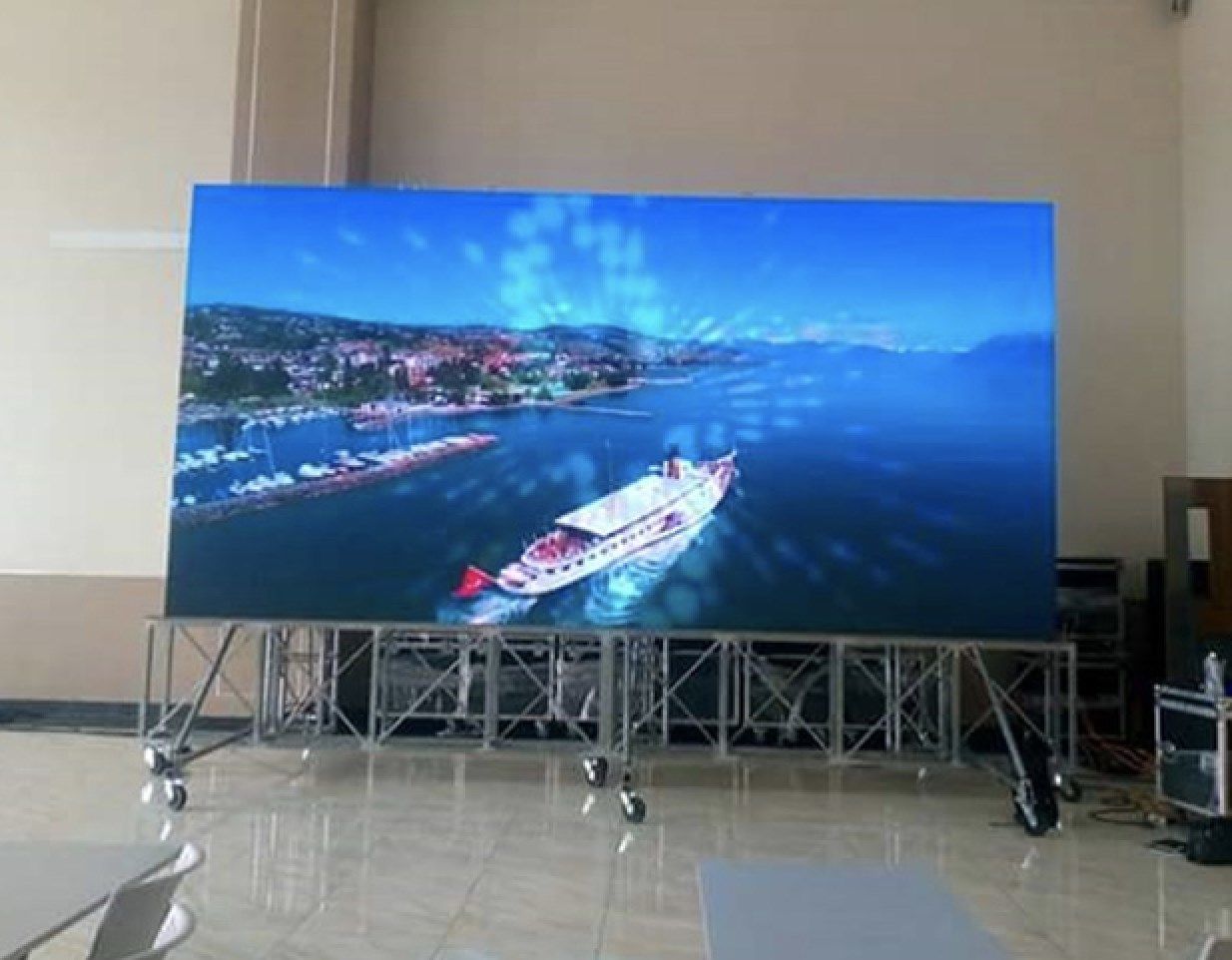Explaining Luminescent Panel Surface Brightness Metrics aiming at Optimal Screen Performance
Explaining Luminescent Panel Surface Brightness Metrics aiming at Optimal Screen Performance
Blog Article
LED panel screens have become more and more favored across different environments, including residences to commercial spaces as well as communal areas. Such screens tend to be recognized due to the vivid as well as dynamic visuals, which render them ideal for conveying information, advertisements, and entertainment. However, comprehending the brightness levels for Light Emitting Diode panel panels is essential for ensuring optimal display performance. Illumination is measured in metrics called nits, that show the amount of luminosity produced from the panel. The higher the quantity in candelas, the brighter the display is. For instance, instance, one panel with 1,000 nits is significantly brighter compared to a featuring five hundred candelas, making it more suitable for brightly lit settings.
As you selecting an LED wall screen, one becomes crucial to consider the environment in that the screen will be placed. For well-lit lit areas, such as shopping malls and open-air locations, higher higher brightness level is necessary to ensure visibility. On the other hand, within dimmer settings, like cinemas and conference rooms, a lower brightness level may suffice. This is bright unnecessary luminosity within an dim setting may result in viewer discomfort for viewers, making it harder for concentrate with a screen. Thus, comprehending specific specific needs of the installation location can help in choosing the right illumination level for optimal viewing experience.
Another important factor to consider is the contrast ratio of the LED wall panel. The contrast ratio measures the difference exists between the brightest most luminous light versus the darkest black shade which a screen is able to create. An greater differential proportion indicates the display can it is capable of present greater clarity and depth, which enhances general visual clarity. For example, one screen with a contrast ratio of 10,000:1 will show visuals featuring greater brilliant hues and sharper details than a featuring a ratio of 1,000:1. This becomes especially crucial in instances where showing images or videos that require greater clarity and detail, such as presentations or promotional content.
Moreover, the technology mechanism that drives Light Emitting Diode panel panels plays a essential outdoor led video walls part for their brightness and total efficiency. Various kinds in Light Emitting Diode technologies, such as OLED and Liquid Crystal Display, possess distinct traits that affect the way luminosity is perceived. OLED panels often provide better contrast and darker shades, which can improve a visual experience in darker settings. Conversely, standard LED panels may prove to be more suitable in bright environments due to the capacity to produce greater amounts of brightness. Comprehending such technological differences will help users in deciding on knowledgeable choices based on specific individual needs.
In conclusion, regular care as well as calibration of Light Emitting Diode panel panels can assist maintain optimal illumination and performance long-term. Dirt and dirt may build up on the screen, impacting the brightness as well as sharpness of a visual. Periodic cleaning as well as professional calibration may Look At This guarantee that panel screen operates in top best, offering uniform image quality. Moreover, some advanced Light Emitting Diode wall panels feature with built-in options which allow users for adjust illumination settings and color adjustments according to their wants. By taking such steps, users will ensure the LED LED panel panels provide an best visual performance, regardless of where environment where that they are placed.